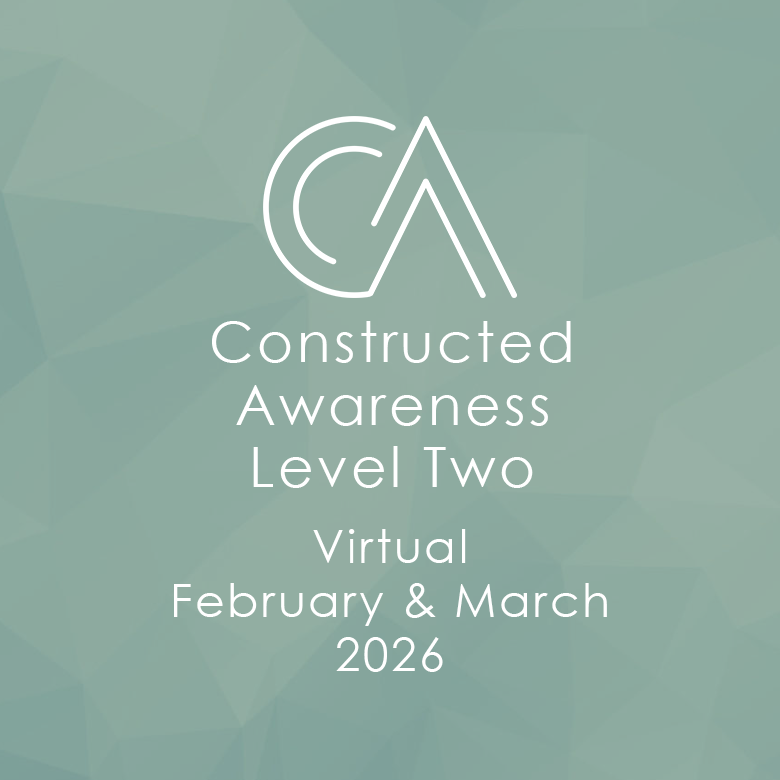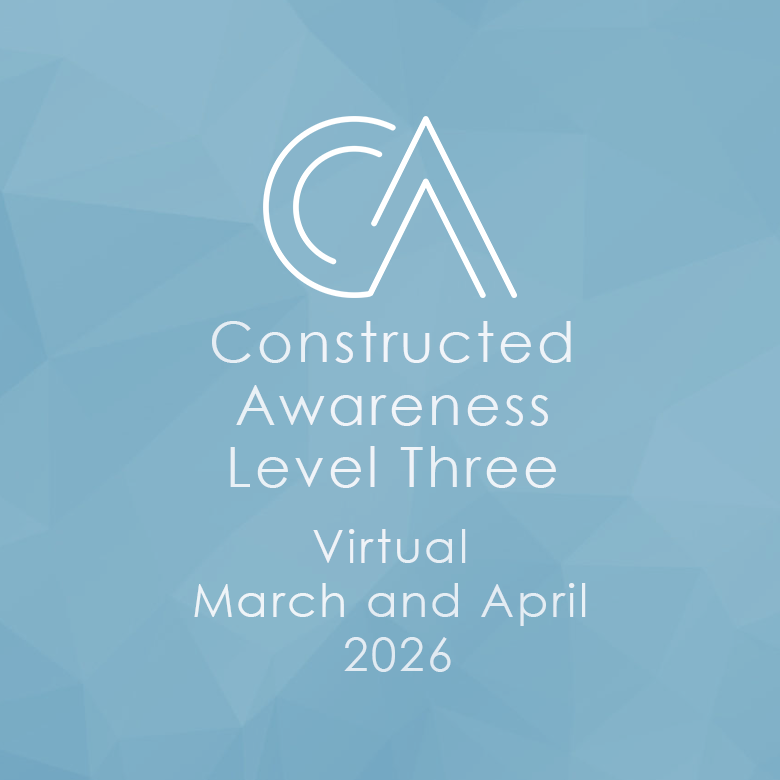
CA Level Two
Reconstructing and Reconsolidating Traumatic Memories
In this two-part follow-up training, we will utilize an easy, safe, and effective way to process traumatic memories. We will expand on the awareness fundamentals you learned in level one by integrating concepts and methods that are new to level two. In this training, you will:
Apply a step-by-step approach to processing traumatic memories based on memory reconsolidation
Identify how earlier life experiences may be fueling present symptoms and demonstrate the ability to identify these memories using the Attachment Bridge technique
Practice how and when to focus awareness on thoughts, sensations, and external cues to guide the client through the process of reconstructing developmental and single event traumas
Predict ways clients may respond to processing based on their orientation type
Explain to clients how to process traumatic experiences outside of sessions
Live and video demonstrations will be observed throughout the training to highlight the procedure and structure of CA processing. The second half of each training day will be dedicated to practicum to ensure that you have the time you need to learn firsthand how to perform CA processing as a therapist, but also experience it firsthand.
Course Delivery Format
This event is a two-part live training that takes place in-person. Participants meet together for four days over the course of two weekends that are two weeks apart. Each session consists of lecture, live and/or video demonstrations, practicum, and group discussion.
Target Audience and Course Content Level
This training is considered an intermediate-level event. You cannot attend this training if you have not completed Constructed Awareness level one. To attend, you must be a licensed mental health therapist (psychologists, psychoanalysts, psychiatrists, social workers, MFTs, or mental health counselors) pursuing a license, a practicum-level graduate student, or a mental health professional seeking continuing education credits. If you are uncertain whether you meet these requirements, please contact info@constructedawareness.com.
CE Information
Constructed Awareness Level Two qualifies for 30 CE Credit Hours.
Upcoming Trainings

Learning Objectives
Define the three building blocks of our conscious experience—thought, sensation, and external senses
Demonstrate how the direct awareness of their own experience changes their experience
Differentiate the six orientation types
Conduct techniques for bringing direct awareness to each of the three building blocks of our conscious experience—thought, sensation, and external senses
Identify subtle ways the therapist may be acting or communicating violently with clients
Apply nonviolence to working with sensations
Integrate nonviolence to working with thoughts
Apply nonviolence to working with external senses
Detect certain buffer words that indicate the client may be thinking about what they are feeling or might be feeling rather than directly connecting with sensation
Identify thoughts as words, sounds, and pictures
Describe the importance of dual awareness in the processing of traumatic memories
Integrate memory reconsolidation research to the processing of traumatic memories
Practice at least two sensation-oriented awareness techniques
Practice at least two mentally-oriented awareness techniques
Utilize at least two externally-oriented awareness techniques
Utilize at least two attachment-oriented awareness techniques
Summarize how to use objects in the external environment to assist in dual awareness
Determine how early life experiences may be fueling present symptoms
Demonstrate the ability to discover memories that may be fueling traumatic symptoms using the Attachment Bridge technique
Detect when a client’s mind and body are in agreement about a memory
Describe how mentally-oriented clients may respond during processing
Predict how sensation-oriented clients may respond during processing
Predict how externally-oriented clients may respond during processing
Agenda
Session 1: Introduction to Constructed Awareness Processing
9:00-9:45 Check in and Review of CA Principles
9:45-10:15 Video Demonstration
10:15-10:30 Break
10:30-12:00 Basics of CA Processing
12:00-1:00 Video Demonstration
1:00-2:00 Lunch
2:00-2:30 Group Discussion
2:30-3:30 Practicum
3:30-3:45 Break
3:45-5:30 Practicum
5:30-6:00 Group discussion
Session 2: Memory Reconstruction and Sensation-Oriented Processing
9:00-9:30 Check in
9:30-10:15 Reconstructing Memories
10:15-10:45 More on CA Processing
10:45-11:00 Break
11:00-12:00 Video Demonstration
12:00-1:00 Expanding Awareness of Sensation
1:00-2:00 Lunch
2:00-2:30 Expanding Awareness of Sensation
2:30-3:30 Practicum
3:30-3:45 Break
3:45-5:30 Practicum
5:30-6:00 Group discussion
Session 3: Attachment and Externally-Oriented Processing
9:00-9:30 Check in
9:30-10:30 Attachment-Oriented Processing
10:30-10:45 Break
10:45-11:15 Expanding Awareness of Attachment
11:15-1:00 Video Demonstrations
1:00-2:00 Lunch
2:00-2:30 Expanding Awareness of External Cues
2:30-3:30 Practicum
3:30-3:45 Break
3:45-5:30 Practicum
5:30-6:00 Group discussion
Session 4: Mentally-Oriented Processing
9:00-9:30 Check in
9:30-10:30 Expanding Awareness of Thoughts
10:30-10:45 Break
10:45-11:45 Expanding Awareness of Thoughts
11:45-1:00 Video Demonstration
1:00-2:00 Lunch
2:00-3:00 Practicum
3:00-3:15 Break
3:15-5:00 Practicum
5:00-5:30 Self-Processing
5:30-6:00 Group discussion and closing




